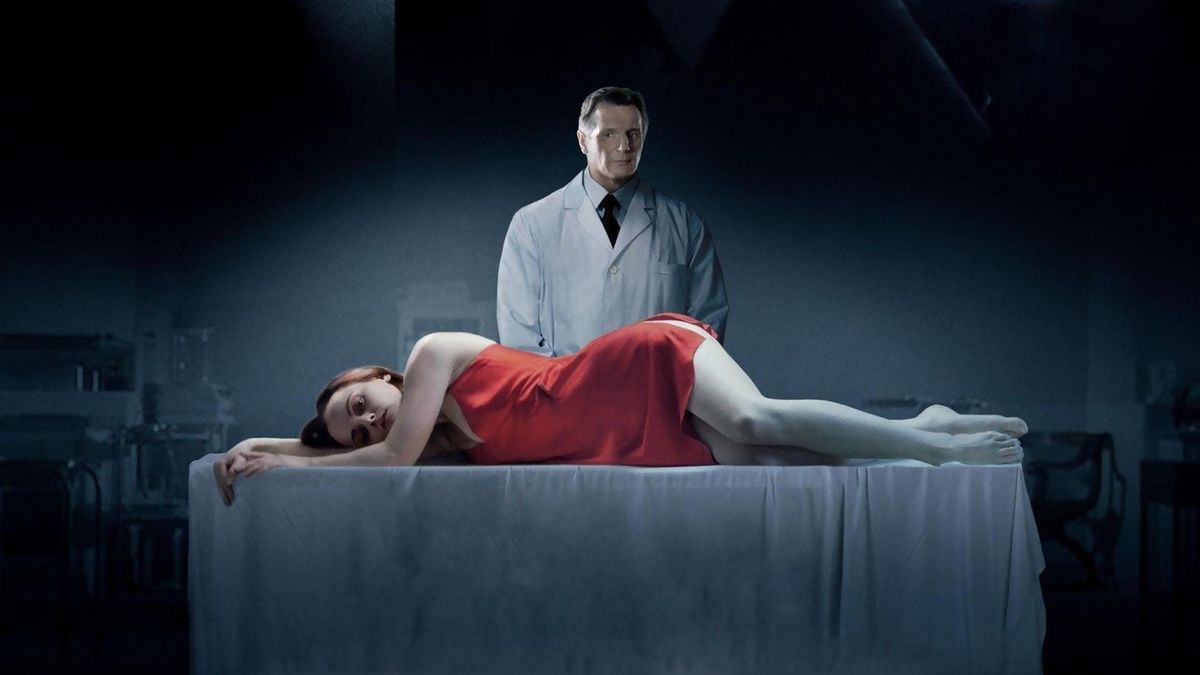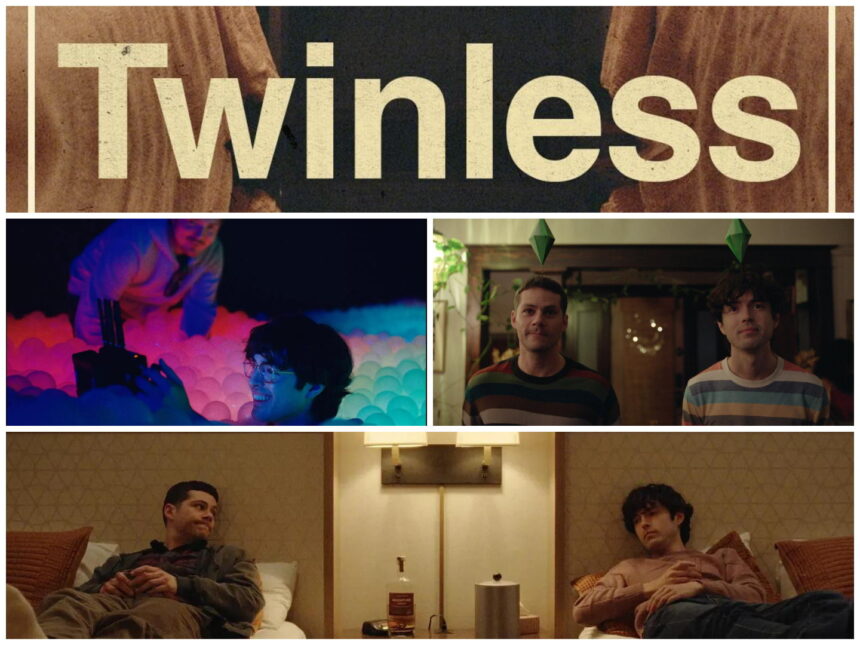A Deep Dive into After.Life (2009)
After.Life is a psychological horror thriller released in 2009, directed and written by Agnieszka Wójtowicz-Vosloo in her feature film debut. This thought-provoking and eerie film stars Christina Ricci as Anna Taylor, Liam Neeson as Eliot Deacon, and Justin Long as Paul Coleman. Blending supernatural mystery with psychological tension, After.Life explores the blurry line between life and death, questioning the nature of consciousness and perception.
The film begins with Anna, a young schoolteacher who is emotionally distant and conflicted in her relationship with her boyfriend Paul. After a heated argument, Anna storms off and is involved in a devastating car crash. She wakes up in a funeral home where she meets Eliot Deacon, the enigmatic funeral director. Eliot calmly informs her that she has died and he has been given the gift—or curse—of communicating with the dead to help them transition into the afterlife.
However, as Anna begins to resist her supposed fate, the film takes on an unsettling tone. Eliot insists she must come to terms with her death and let go of her former life, yet Anna begins to suspect that she may not actually be dead. Paul, devastated by her sudden death, starts to notice strange inconsistencies and becomes increasingly convinced that Anna is still alive. This sets off a tense and psychological cat-and-mouse game between belief and doubt, life and death.
Liam Neeson delivers a chilling performance as Eliot, whose calm demeanor hides deeper ambiguity. Is he a man with a supernatural gift, or is he a disturbed killer burying people alive? Neeson plays the role with calculated restraint, never allowing the audience full certainty about Eliot’s true nature. Christina Ricci gives a vulnerable, raw performance as Anna, appearing in nearly every scene with a sense of fragility and internal struggle. Her portrayal blurs the line between fear, denial, and acceptance, making Anna a deeply human figure trapped in an inhuman situation.

Visually, After.Life is cold, stark, and atmospheric. The funeral home, with its red lighting and sterile silence, becomes a symbolic limbo—a place between the realms of the living and the dead. The film’s cinematography emphasizes stillness and isolation, enhancing the unsettling tone. Wójtowicz-Vosloo’s direction is slow-burning, prioritizing existential dread over cheap jump scares.
One of the central themes of the film is perception: how we interpret life, death, and what lies beyond. The ambiguity surrounding Anna’s true state is never fully resolved, leaving the audience to wrestle with its own conclusions. The film subtly critiques the modern numbness to life, suggesting that many people walk through the world as if already dead—disconnected, unfeeling, and unaware.

Though After.Life received mixed reviews upon release—some praised its originality and haunting tone, while others criticized its pacing or ambiguity—it has gained a modest cult following over the years. Its eerie tone, philosophical themes, and strong performances give it lasting intrigue.
Ultimately, After.Life is not just a horror film—it is a meditation on death, identity, and the fragile line that separates consciousness from oblivion. It challenges viewers to ask: what if death is not the end, but merely a transition we may not fully understand?

